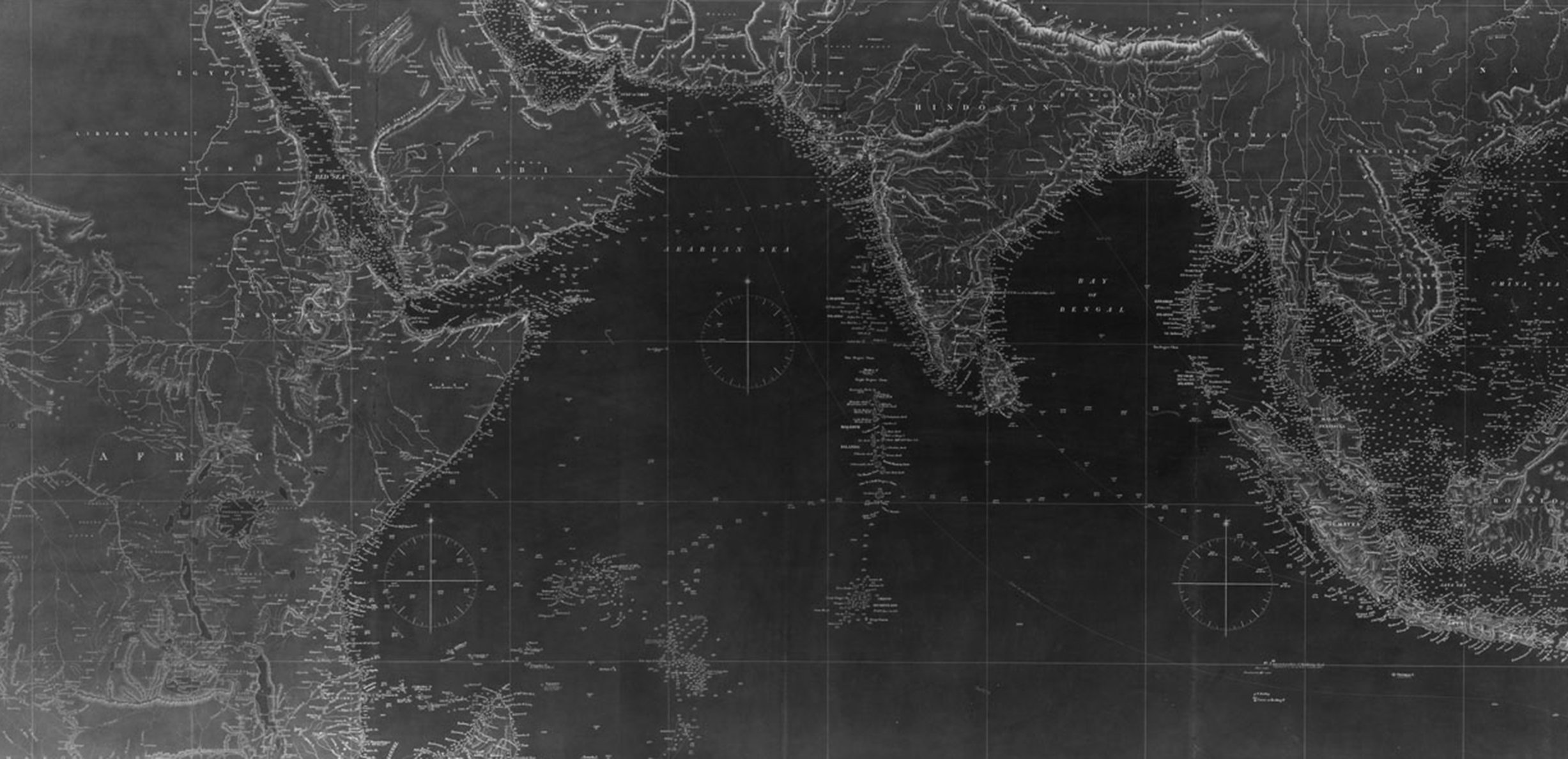
1. Ideas and Practices of Slavery
How might we connect, compare, and contrast the ideas and practices of bondage in different parts of the world?
Students compare and contrast North America’s bipolar constructs of “slavery” as “animate chattel” and “freedom” as liberal individualistic autonomy, with the diverse statuses and functions of bondage in western Indian Ocean societies over time. They might consider the following questions:
How did the contexts, chronologies, and enslaved demographic profiles that shaped these histories compare and contrast with each other?
How did tropes of difference – race, caste, class, religion, gender, sex, and sexuality – help forge a variety of “master-slave” relationships in different parts of the world?
In what ways did political economy, law, and demography, shape subordinated people’s material conditions, and access to community membership/citizenship in different settings?
This discussion will prompt students to think about the relative uniqueness of North American slave societies, and their relationship with notions of freedom.
Scroll down to see sample primary sources.
Sample primary sources on the “Ideas and practices of slavery”
Juxtapose the three sources that follow: a slave auction ad from 19th century Georgia, USA; the painting of the “military slave”-turned-kingmaker Malik Amber of India; and a photograph of the enslaved in Zanzibar taken by British.
These serve as a springboard to compare and contrast North America’s chattel principle with varieties of bondage in the Indian Ocean world (IOW) over time, including patron-client relationships in military slavery, and plantation slavery on the East coast of Africa.
Source 1A
The Chattel Principle in the North American South
"Sale of Slaves," The Savannah Republican, February 8, 1859.
Joseph Bryan (1812–1863), auctioneer - The Savannah Republican (newspaper), Savannah, Georgia
https://commons.wikimedia.org/wiki/File:1859_Great_Slave_Auction_ad.jpg
Source 1B
Malik Ambar
Unidentified artist, portrait of Malik Ambar , c. 1605–10. National Museum, New Delhi
https://artsandculture.google.com/asset/portrait-of-malik-ambar-unknown/dAEtBfx6C17b7w, available under the Creative Commons CC0 1.0 Universal Public Domain Dedication, reprinted in Sojourners, 178.
Source 1C
Rescued captives in Zanzibar
National Archives, UK: ”Reserved slaves in Zanzibar - many released from the crowded 'holds’ …by Port Office Police under orders of Captain Arthur lePage Agnew Location: Zanzibar Our Catalogue Reference: Part of CO 1069/174 This image is part of the Colonial Office photographic collection held at The National Archives, uploaded as part of the Africa Through a Lens project.


